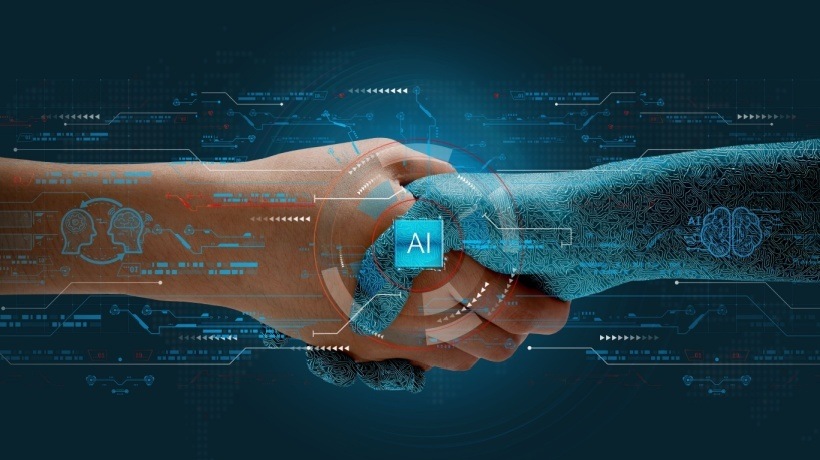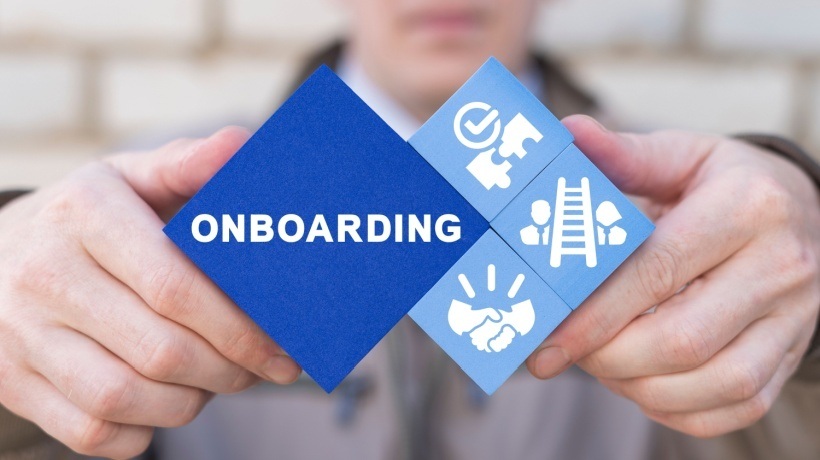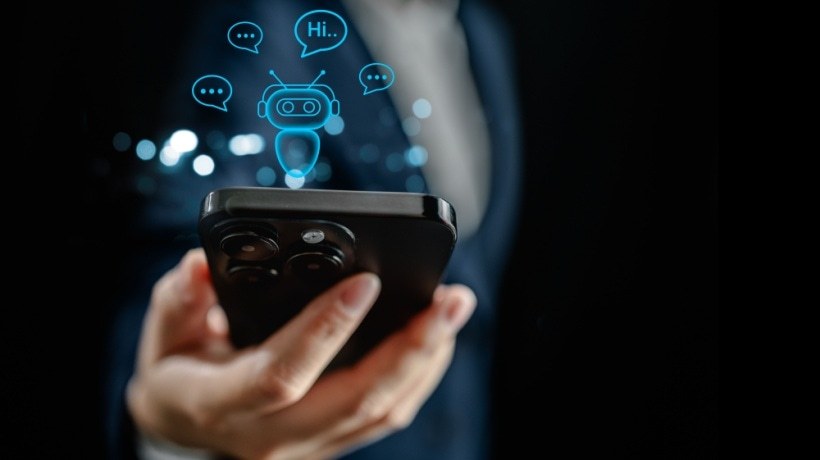How Does Onboarding Automation Work?
Welcoming a new team member usually entails the collaboration of various departments and a lot of paperwork. AI can take care of much of the administrative side of employee onboarding by automating repetitive tasks and reducing errors. HR professionals can give detailed instructions to the algorithm so it informs employees about each step of the process and answers common questions through chatbots. Also, GenAI can generate, send, and manage all the necessary paperwork people have to fill out and upload to the system. When each step is complete, AI can send messages to individuals regarding the next chapters of their training, highlight areas for improvement, and gather analytical insights regarding their performance. This way, candidates receive timely feedback without having to wait until a manager arranges a meeting with them. HR professionals receive the algorithm's data and get a clear picture of new employees' likes, dislikes, goals, and weak points so they can craft Learning and Development paths.
Benefits Of AI In Employee Onboarding
Hyper-Personalized Experiences
New employees must not only feel welcome in your team but also have a clear understanding of the onboarding process. AI can send personalized welcome emails right after someone is hired and prepare checklists regarding the necessary steps during the various training stages. Also, you can program the algorithm to send feedback requests and surveys to employees regularly so you know how they feel about the procedure and whether you need to modify your onboarding. Conversational AI can also interact with team members on matters regarding common questions, next steps, and problems during training. Additionally, employees can receive resources, personalized career maps, and mentors.
24/7 Help Through Chatbots
Most employees receive training and onboarding direction from a manager or supervisor who explains every step of the journey. However, the information may be overwhelming for many, and they may require extra meetings. To avoid burdening your workforce further, you may opt for a chatbot that is available to answer questions and explain processes 24/7. From HR-related documents to necessary resources, professionals can ask the bot instead of messaging a manager.
Time-Saving Processes
AI can make employee onboarding much easier for HR and administration professionals, as it handles time-consuming tasks. For instance, it can create new accounts and profiles by simply receiving the new hire's information. It also gathers training records, results, and feedback to provide management with insightful data regarding an employee's performance while making its own suggestions. As a result, personnel can focus more on tasks where automation can't be implemented and foster interpersonal and productive relationships with new team members.
Increased Engagement
Data shows that about 16% of attrition in large companies appears within the first six months. This means that new hires start looking for new opportunities when their onboarding experience is disappointing. When AI is implemented carefully in employee onboarding, all processes are sped up, and time to productivity decreases significantly. New team members can quickly and efficiently complete all necessary steps and start being fully productive, receiving a sense of accomplishment. They immediately start working on the projects and elevating their careers toward reaching their personal goals.
Multilingual Communication
Thanks to remote working, companies don't limit themselves to hiring people from the same country or who speak their national language. This means that you often collaborate with professionals who speak different languages. You have to create an onboarding process that is diverse and caters to their preferences. AI can help organize the onboarding process in different languages so communication is smooth and your messaging isn't lost in translation. It does not mean that you'll need to learn other languages, but you make the training process simpler for your new hires.
Inspiring Use Cases Of AI In Employee Onboarding
AI-Generated Video Tutorials
Creating welcome videos and guides for employees can be challenging and time-consuming for many companies. That's why you can use AI-powered tools to create videos with images and text explaining basic corporate functions and directing them to the next steps. You just need to add the text you want AI to transcribe into natural speech. You can also choose between dozens of avatars your new hires will look at during the video.
AI-Powered Chatbots
New employees typically have many questions regarding your company, their responsibilities, and resources. Not every query requires the attention of a manager, though. Some questions may be so simple that even a chatbot can answer thanks to predefined settings. Certain AI-based tools can offer contextual assistance in 30+ languages via specially designed widgets or through communication apps like WhatsApp and Facebook Messenger.
Data-Driven Feedback
As employee onboarding proceeds, AI can send automated surveys and questionnaires for people to express their opinions and concerns regarding the whole process. It can also arrange meetings between managers and trainees so they can discuss their performance and touch upon their feedback points. Arranging timely meetings is crucial to maintaining a close relationship with employees and allowing them to ask questions and discuss possible difficulties.
Nudge Strategies
Nudges are slight pushes in the right direction, and automating such a practice can elevate employees' onboarding experiences. A nudge is a non-intrusive and cost-effective solution to manage one's training and put them back on the right track if they are veering off of it. There are AI-powered apps that implement nudges carefully and methodically to keep engagement levels high and increase productivity. Instead of having a manager manually check an individual's performance and correct their direction, GenAI can assume this responsibility.
Onboarding Completion Rates
There are many reasons why your employees may have trouble completing their training material. Maybe the content is overwhelming, and along with their tasks and projects, they have a hard time finding time to complete it. AI tools track completion rates and inform you about each new hire's progress. If their rates are low, you can arrange a meeting and discuss what's troubling them. This way, you can help them regain their interest and fix mishaps that hinder their progress.
Conclusion
While implementing AI in employee onboarding is promising and holds many benefits, it can also be challenging. The impersonal nature of interacting with a machine can cause feelings of loneliness for many candidates who require human communication. That's why you should create a healthy balance between automation and human intervention so people feel connected to your brand and part of a cohesive team. Don't try to replace your HR personnel with GenAI, as interpersonal relationships are still the core of all professional functions.








